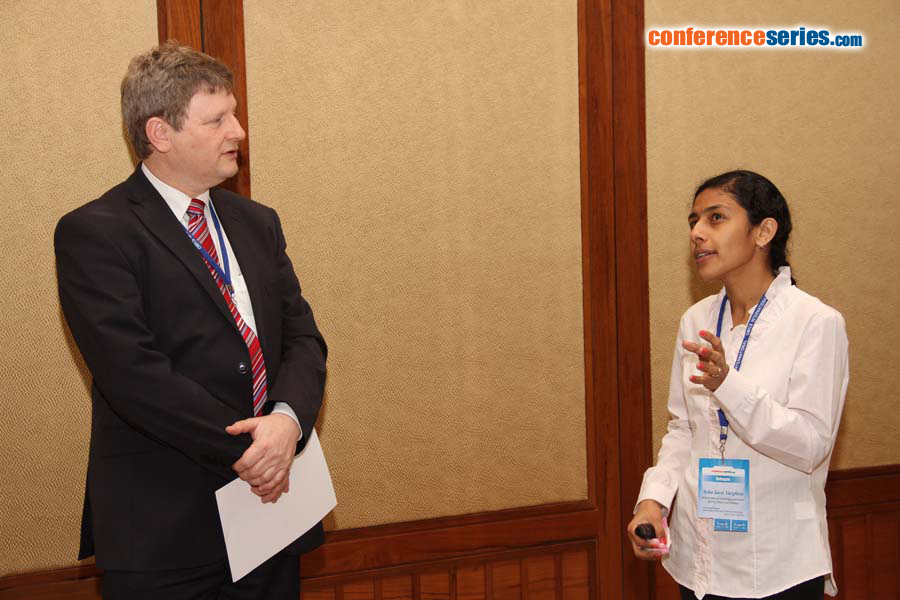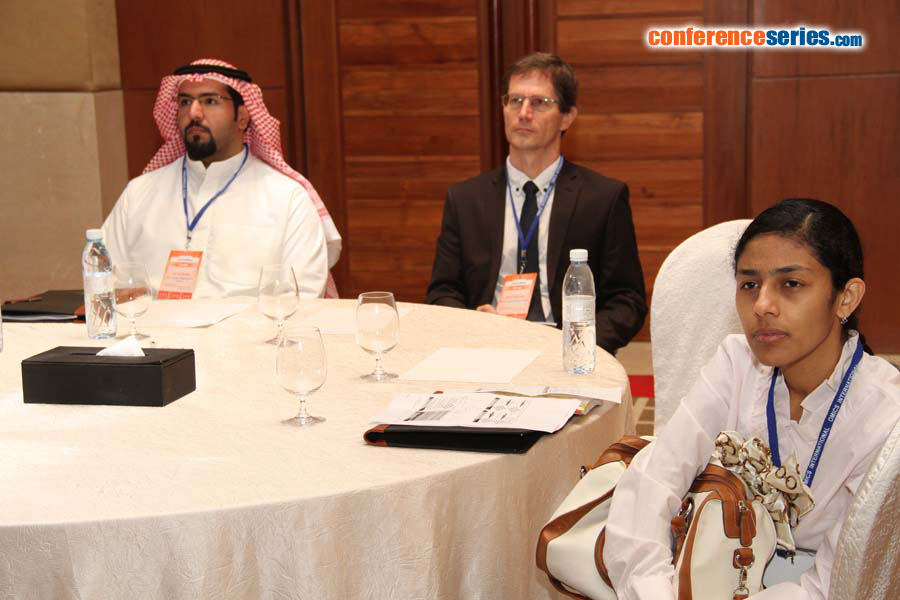Seba Sara Varghese
The Petroleum Institute, Abu Dhabi, United Arab Emirates
Title: Ab initio study of H2S adsorption on graphene doped with P and S
Biography
Biography: Seba Sara Varghese
Abstract
Graphene, the two-dimensional carbon allotrope with large specific surface area, has shown to be less sensitive to most of the gases, in its pure form. Doping of graphene with other elements has proved to be very efficient in improving the sensitivity of graphene-based gas sensors. Density functional theory (DFT) calculations have reported that O2, NO, NO2 and SO2 are strongly chemisorbed onto phosphorus doped graphene (abbreviated as PG) through the formation of P-X (X = O, N, S) bonds. Similarly, sulphur doped graphene (abbreviated as SG) has shown high selectivity sensing of NO2 compared with NH3, CO, SO2, CH4. Graphene doped with phosphorus and sulphur have been experimentally synthesized. Motivated by the enhanced sensing behavior and successful synthesis of PG and SG, we analyze the suitability of employing them for H2S sensing, which has not been reported earlier. The adsorption property of H2S on PG and SG sheets are theoretically studied using first-principles DFT calculations. We found that in both PG and SG, the dopant atom protrude out of the graphene layer and there is no significant change in their atomic structures after H2S adsorption. The calculations showed weak physisorption of H2S on both SG and PG with small adsorption energies of -0.01 eV and -0.03 eV and large molecule-doping atom distances of around 3.5 Å. The results from the Hirshfeld charge distribution analysis of the structures indicate negligible effect of H2S on the electrical conductance of the doped graphenes. It was observed that the local curvature induced by P and S doping resulting from the bigger size of the dopant than carbon, does not enhance the reactivity of graphene to H2S. The observed weak interactions between doped graphene and H2S indicate that graphene sheets doped with P or S are not suitable for the detection of H2S.



